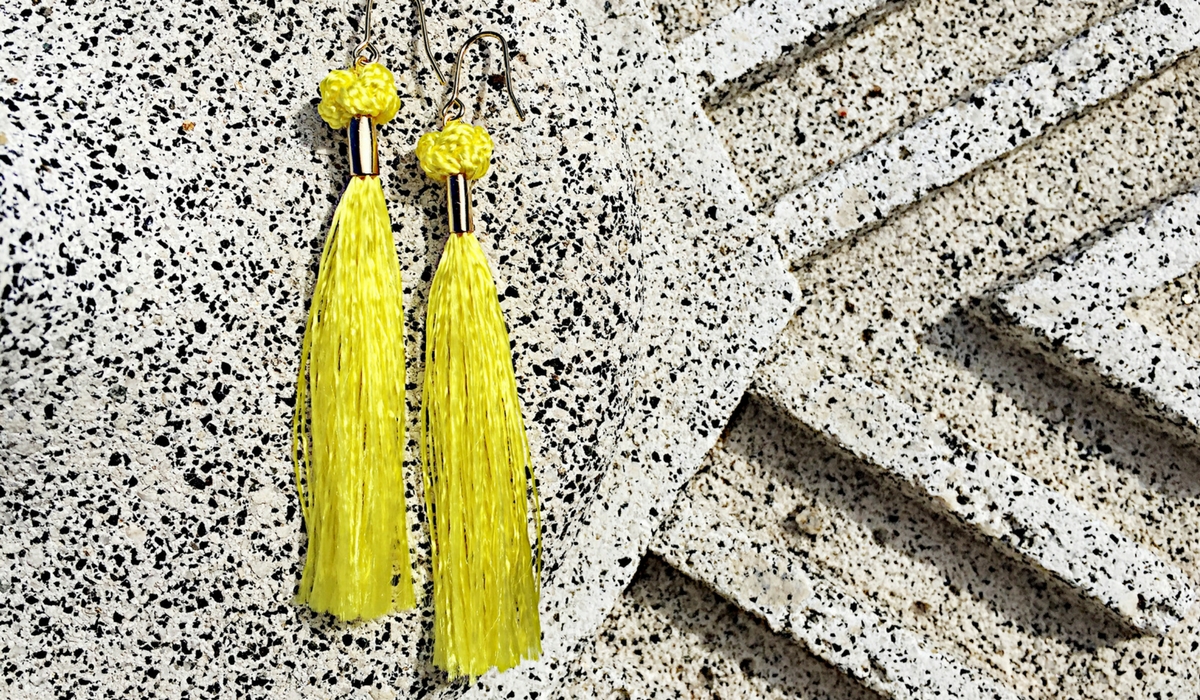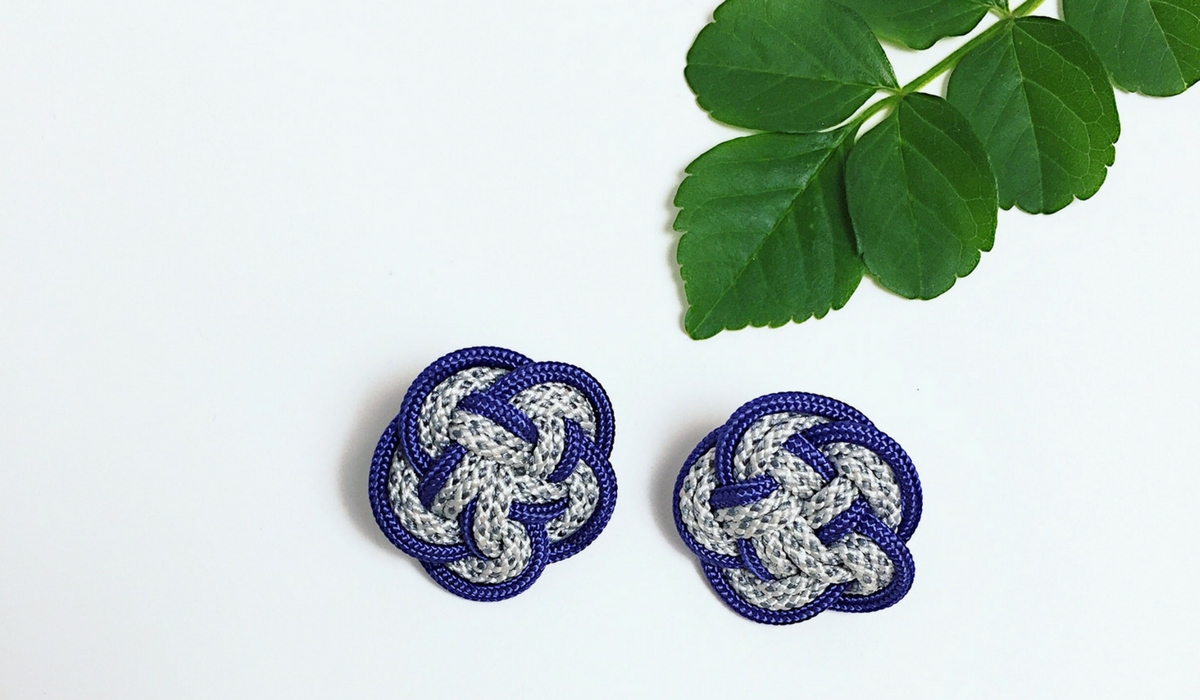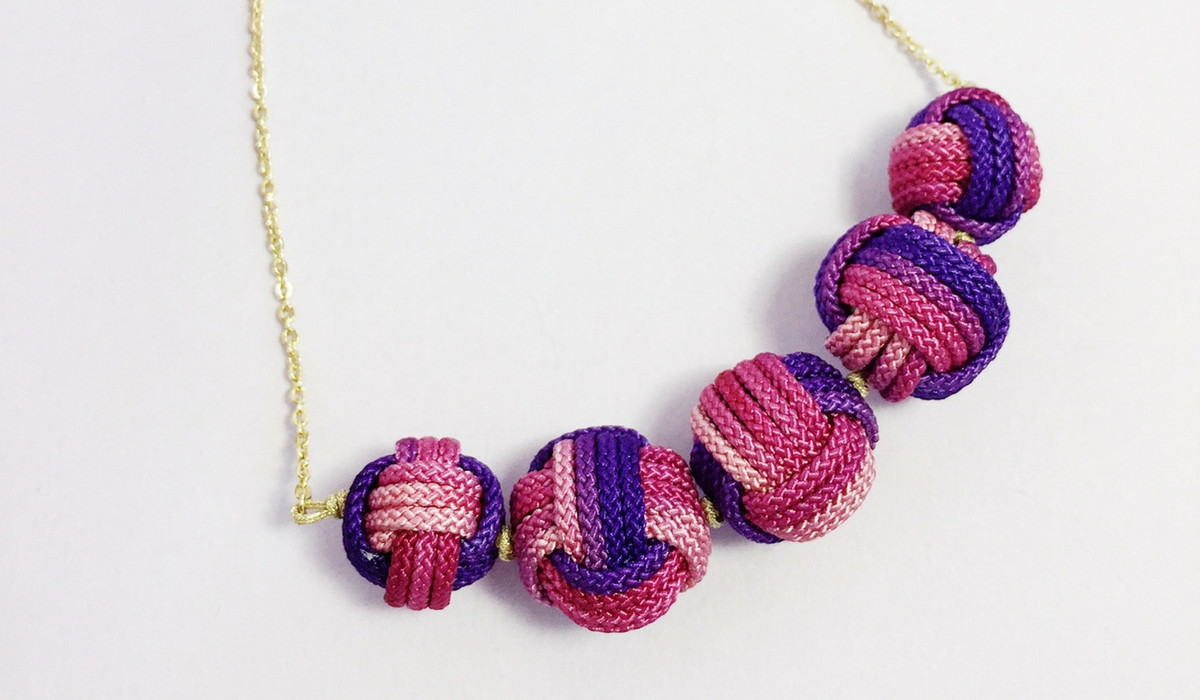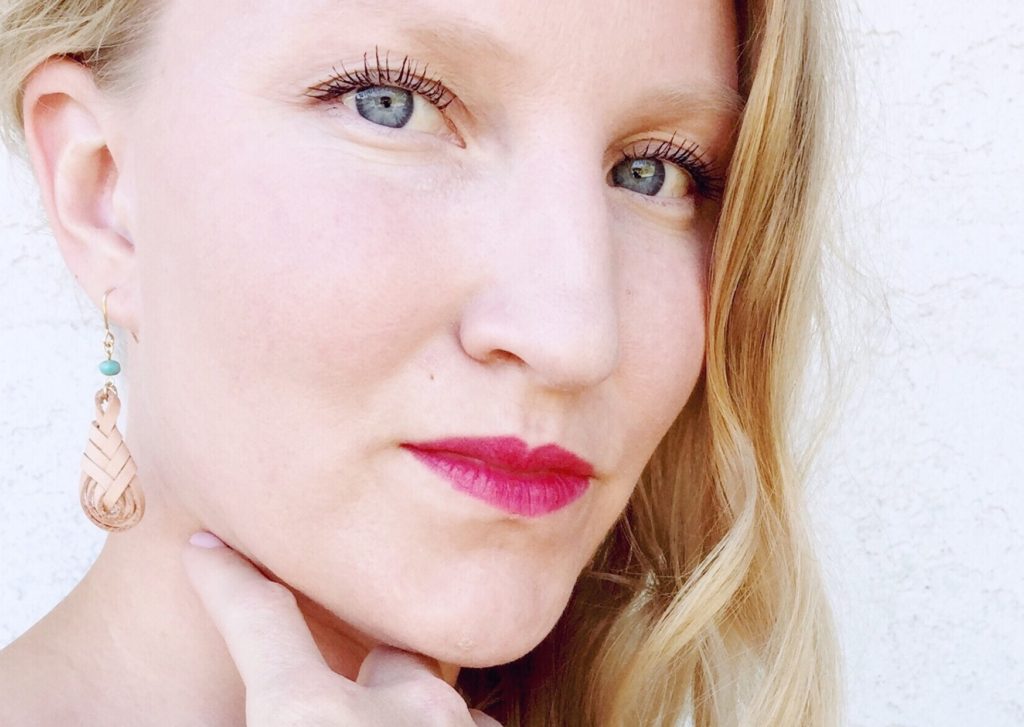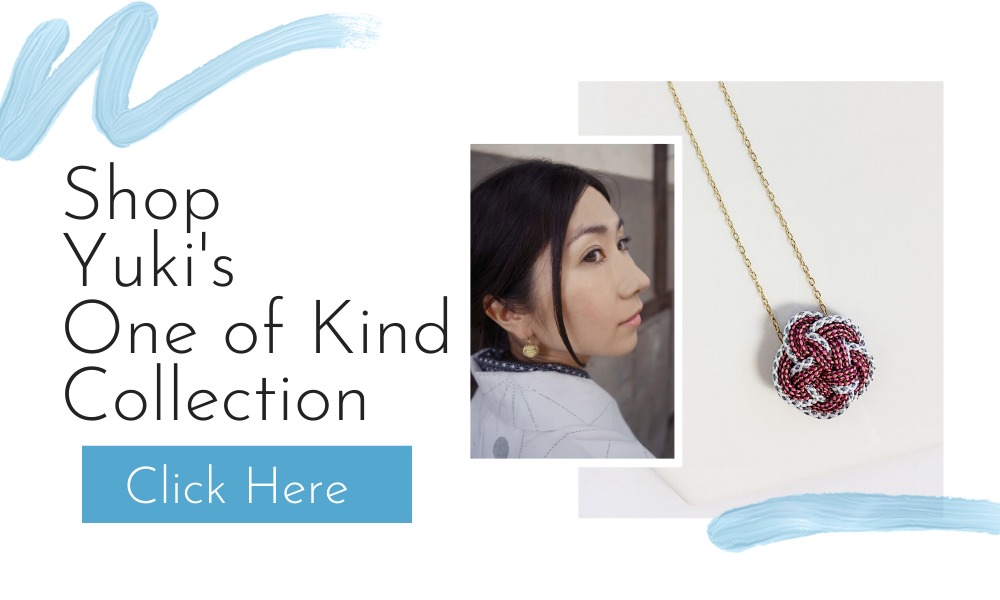Traditional Japanese Jewelry: Chance Meetings with Yuki
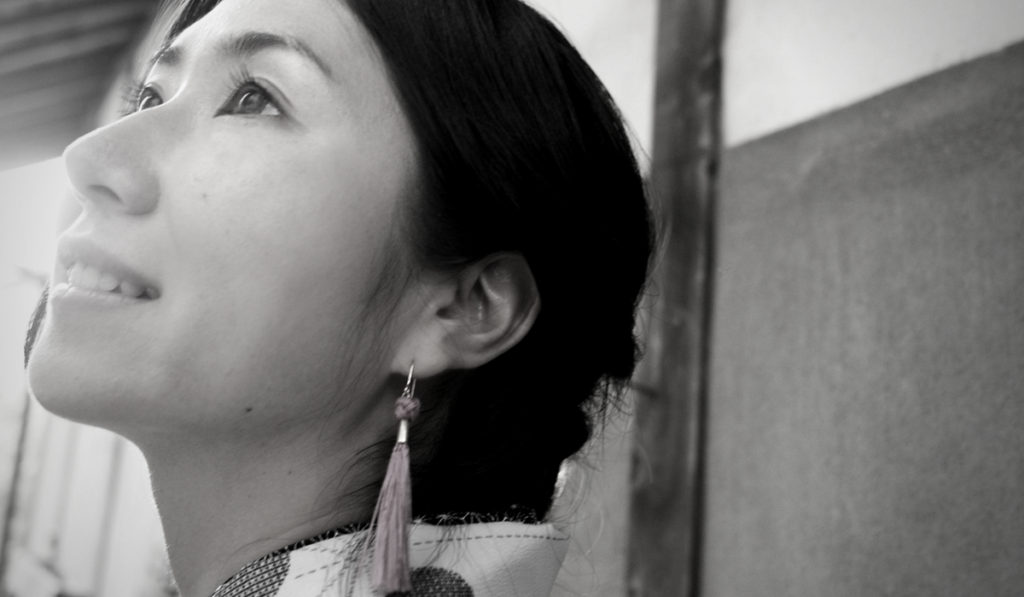
Meet Yuki Hasegawa:
At a kitchen table late at night, one woman's dreams are born. As she twists and turns the Japanese cord into form, she thinks of the person who will wear her jewelry. With each tuck and pull, she wishes blessings upon them. She giggles with delight as she holds up the round ball to get a better view. This is one of her most favorite designs. She calls it the 'Musubidama Knot' it resembles that of monkey's fist, but why she loves it so much is the meaning it holds. As her gaze lands on her intricate work, she whispers, "May endless dreams and love continue on to whomever wears this, just as its round shape represents no-end."
When you think of traditional Japanese jewelry, what do you think of? Words like small and delicate come to mind. Would you ever think of knots being a part of a piece of jewelry? Well you don't have to imagine it, meet Yuki, creator and designer behind Ciclo, where she does exactly that!
Traditional Japanese jewelry and chance meetings
Haruki Murakami a Japanese writer once said "Even chance meetings are the result of karma...things in life are fated by our previous lives. That even in the smallest events there’s no such thing as coincidence."
I believe that is what brought Yuki and I together. Through a mutual friend of a friend, we began to work together to bring about what we now realize was a goal we both were seeking to implement in our businesses. I, seeking beautiful unique handmade Japanese accessories based in tradition and she, wanting to connect with a English speaking vendor to take her Japanese based business to the next level.
Yuki Hasegawa studied Studio Art at a university in the U.S. After she returned home to Japan, she became interested in the Japanese arts and crafts- especially traditional knots and the meanings they have. In the Japanese tradition everything has its place and a special meaning. The traditions of knots in fashion is no different.
She says: "Every knot has its own meaning. I make my accessories praying that they will bring happiness and good luck to whomever wears them."
Traditional Japanese jewelry: Knots in fashion
As with many fashion wares within the Japanese tradition, knots in their fashion date back centuries. They use them in marriage ceremonies, celebrations, gift giving, and obi belts. Even the Samurai warriors used to wear a certain knot as an emblem of God's protection during periods of war.
Today Japanese fashion is still sprinkled with knots by way of items like the Furoshiki purse and the knots they use as accents to their obi belts in the traditional kimono attire. What makes Japanese fashion even more fascinating is that it dates back to century old traditions. Yes, we are talking about centuries- meaning all the way back to the 700's! What culture can say their fashion has been around for that long? Not many!
Traditional Japanese jewelry: The knots and each of their meanings
In her own words, Yuki would like to explain some of the knots and their meanings behind them.
Traditional Japanese Jewelry: The Shaka Knot
The "Shaka" knot is named because it looks like Shaka's (Buddha's) head. I make these wishing Shaka will protect you and be kind like Shaka. The tassel below will protect you from evil.
Traditional Japanese Jewelry: The Ume Knot
The "Ume" knot is named after the Japanese ume blossom. It is one of the most popular knots used in celebration such as weddings because this knot doesn't come loose easily. It has been widely used as charms against evil. My prayer is that this knot will bring happiness to you no matter what, just as the ume blooms beautifully after the harsh winter.
Traditional Japanese Jewelry: The Musubidama Knot
The "Musubidama" knot also known as the "monkey fist" knot, as it looks like the assembled tiny fist of a monkey. It is often used as the weight on the end of back up ropes when the ships come into port. I named this knot "Musubidama, as the cord is rolled multiple times until it forms a ball. May the endless dreams and love continue on to whomever wears it just as its round shape represents no-end.
Traditional Japanese Jewelry: The Myoga Knot
The "Myoga" knot is named after how its shape resembles Japanese ginger (myoga). "Myoga" also means "God's protection." During the Japanese Civil War period, Samurai warriors put on "myoga" emblems when going into battle, praying for God's protection. It is my prayer that whomever wears the "myoga" knot has God's protection over them.
Yuki brings the traditions of her culture into her modern accessories. They are beautiful, one of kind accessories, that will get people asking you where you bought such a unique piece. I have never seen anything like Yuki's traditional Japanese jewelry thus far in my travels. They are truly like wearing a piece of art. Now you too have the opportunity to pass a long a tradition from another culture to your own.
Check out this behind the design look at how master artisan Yuki creates a Musubidama Knot from start to finish!
To shop Yuki's traditional Japanese jewelry with a modern twist, click the image below or here.Your purchase not only helps her business but her livelihood which then trickles down into her family and community. This means your purchase makes a huge impact! Thank you!
Follow her on Instagram: @__ciclo
To connect to someone else's culture through the traditions of their fashion, you can also check out these fashions from Bali and Morocco:
I hope you found this post on traditional Japanese jewelry informative and useful. Please feel free to share it with your friends on Facebook and Pinterest. Thank you for taking the time to read it!
With your support these artisans are becoming more visible, they are able to support their families which then trickles down into their communities.
You are the most important piece of the puzzle. Your purchases have a huge impact. But how do they become noticed? Only with your support! Join our community today and learn more about the artisans and their fashion.
Sign up for our e-newsletter today.
